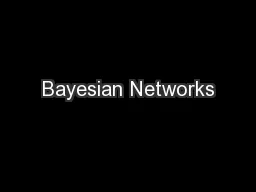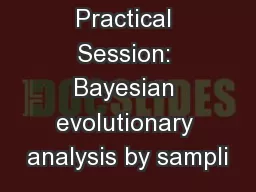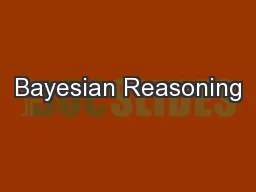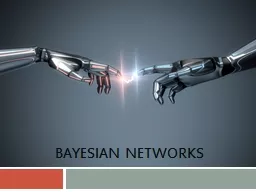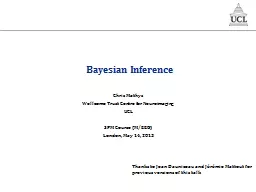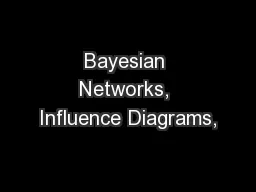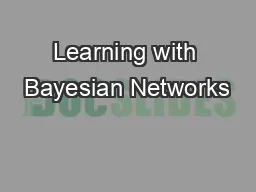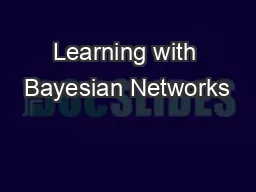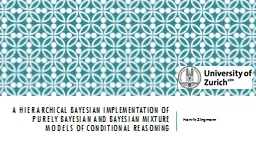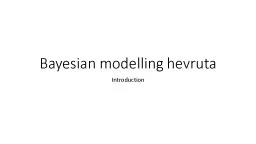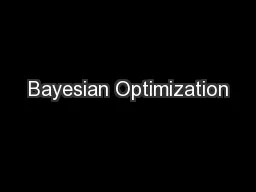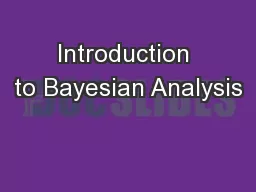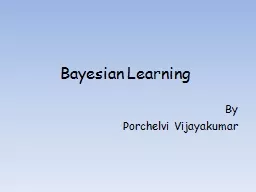PPT-Bayesian Networks
Author : liane-varnes | Published Date : 2016-03-05
Alan Ritter Problem NonIID Data Most realworld data is not IID like coin flips Multiple correlated variables Examples Pixels in an image Words in a document Genes
Presentation Embed Code
Download Presentation
Download Presentation The PPT/PDF document "Bayesian Networks" is the property of its rightful owner. Permission is granted to download and print the materials on this website for personal, non-commercial use only, and to display it on your personal computer provided you do not modify the materials and that you retain all copyright notices contained in the materials. By downloading content from our website, you accept the terms of this agreement.
Bayesian Networks: Transcript
Download Rules Of Document
"Bayesian Networks"The content belongs to its owner. You may download and print it for personal use, without modification, and keep all copyright notices. By downloading, you agree to these terms.
Related Documents

